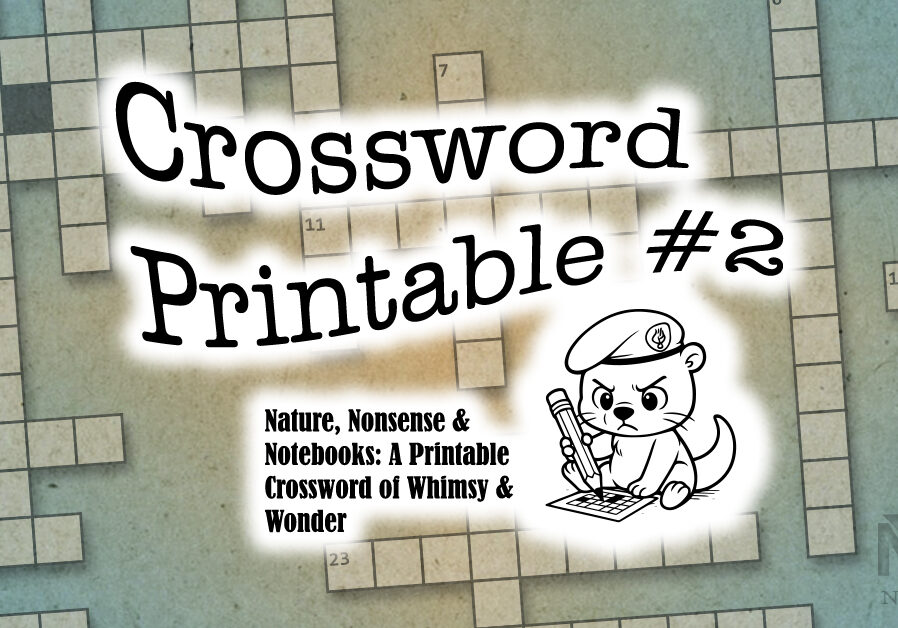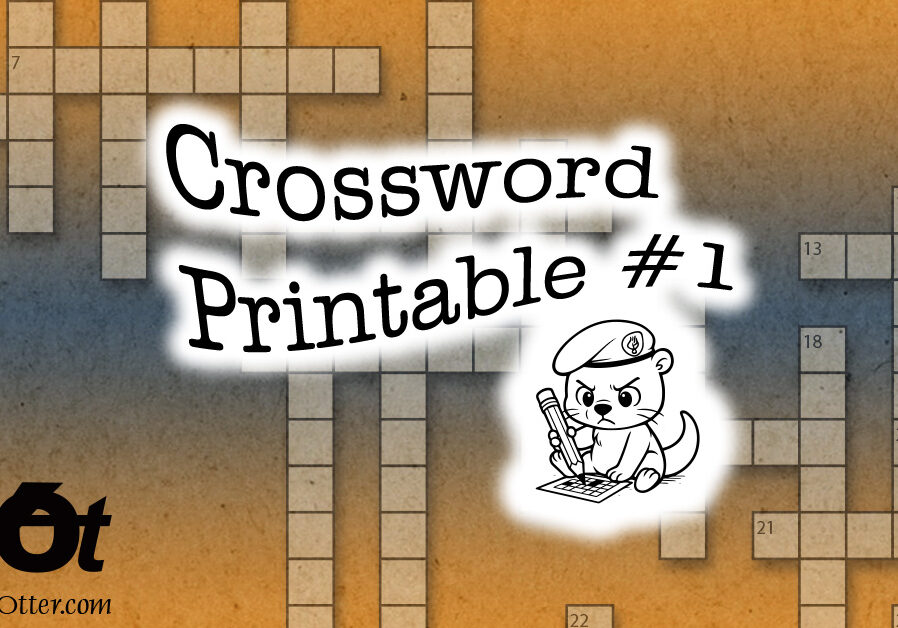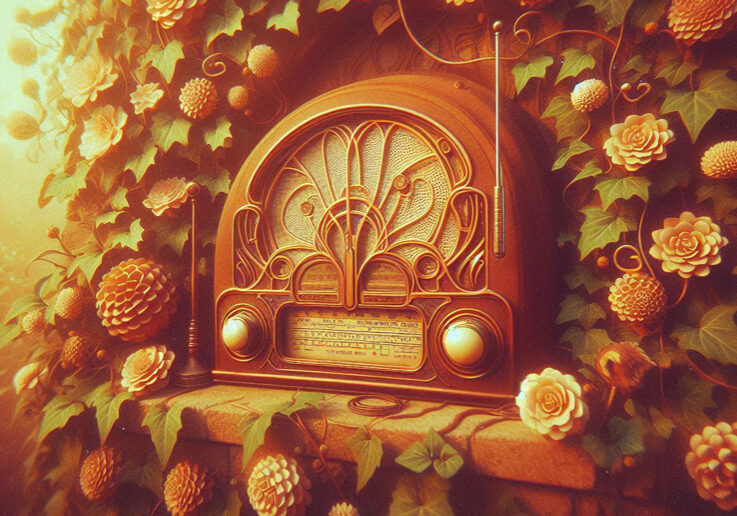
The World’s Great Artillery
“Now, as then, guns are a way of putting serious combat power on the battlefield in a decisive fashion. A thousand years ago, that meant using ‘tension’ artillery to fling into or over the walls of fortifications or into massed formations of infantry. It was an efficient method of killing people and destroying things quickly and in large quantity. That’s what war is about – making things simply too difficult for the other side to operate and imposing you will on them…”
–Hans Halberstadt
And this book is about the development of the weapons systems which do just that, help one side to dominate the battlefield and defeat the opposition.
Beginning with a general overview of what the terms cannon, howitzer, and mortar are, and yes there are differences, Halberstadt covers the past 702 or so years of artillery evolution. One of the first pieces covered is the Bombard, an iron tube with a 7.8inch bore which, was tied to a chassis that looks like it was carved out of 2x4s with all the grace of a lop sided chimp with the hick-ups. It did however, play the role of a howitzer-mortar fairly efficiently for the Italians, hurling 220lb stones approximately 300 yards.
Further along, an entire chapter is devoted to the U.S. Civil War and the artillery developments of that time. One example would be 14pdr (pdr = pounder; cannons were designated by the weight of their projectiles at this period, not by bore diameter) James Rifle. This was one of the first rifled artillery pieces, and an odd one, being cast of bronze. For those of you not savvy with your metals, the bronze barrels had an annoying habit of eroding, a problem, which cast iron and later steel barreled guns were not as prone to. It did, however manage to fling lead a good 1700 yards with a 12 oz powder charge and 5 degrees of elevation.
Chapters 3-5 cover the more modern weapons systems of the 20th Century. Starting with Chapter 3, which covers from the year 1900 to just after the First World War, the famous names in cannon history start popping up. One example from the early part of the last 100 years if the French 75mm, or the M1897 75mm, as the frogs call it. It was probably the first really modern gun of the era, using a hydro-pneumatic recoil system, instead of just allowing the gun to move rewards several feet and then move it back into battery. The gun had a 2.95″ bore and lobbed shells as far as 9,295 yards.
Chapter 4 examines the weapons systems of World War II, predominantly. This chapter covers the standard artillery concept, as well as other systems, such as the self-propelled artillery systems, rockets and the gargantuan mortars employed by the Soviet Union. One such system was the British Sexton, a 25pdr cannon (with a bore of 3.45″) attached to a Canadian tank chassis. It could lob its projectiles 13,400yds and was finally relegated to obsolescence by the smaller nation of the world in 1980.
Chapter 5 covers the pleasantries, which were devised to be exchanged during the past 60 years of U.S. – Soviet relations. One of the odder self-propelled weapons to come out at the end of that era was the DANA. A wheeled (not tracked) self-propelled howitzer, it made its debut in the former country of Czechoslovakia, in 1980. It was capable of up to 50mph on the open road, and flung the Warsaw Pact standard 152mm (6″) projectile.
The final chapter in the book covers the modern world’s marvels of engineering. Along with the typical big shots (no pun intended) of artillery development (U.S., U.K., Russia, Germany, etc.) some light it also shed on the new comers to the field. South Africa for example, has produced, for its own consumption, forty-three LIW-G6s. The G-6 is another wheeled (no, still not tracked) self-propelled designs. It lobs a 155mm (6.1″) projectile 31 miles, with a rocket-assisted shell design, and is capable of 56mph on paved roadways.
Now, for the review part of this creative writing assignment, the book is easily found at your local Barnes and Noble, which is of course a big plus. Halberstadt is easy to read and digest and sheds light on many weapons designs of both the obsolete and current (state of the art, even). Thus, because of its informative, yet straightforward style I give it the coveted 10 object of some nature out of a total 10 thing-a-ma-bobs attainable. The perfect score, for the perfect bedtime read.
[scriptless]
Around the Otter
Previously in Word Search...
Sorry, we couldn't find any posts. Please try a different search.
Advertising







